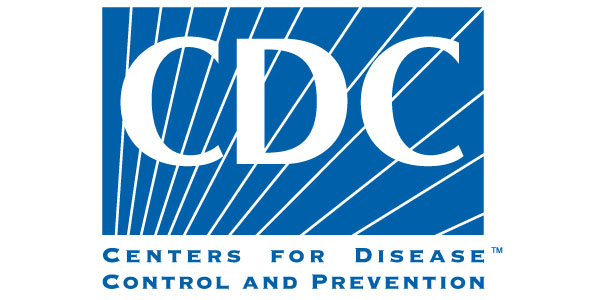The Centers for Disease Control and Prevention (CDC) is reminding healthcare professionals seeing patients from the areas affected by recent winter storms to maintain a high index of suspicion for carbon monoxide (CO) poisoning. Other people who may be exposed to the same CO source may need to be identified and evaluated.
The signs and symptoms of CO exposure are variable and nonspecific. A tension-type headache is the most common symptom of mild CO poisoning. Other common symptoms of CO poisoning are dizziness, weakness, drowsiness, upset stomach, vomiting, chest pain, and confusion.
Clinical manifestations of severe CO poisoning include cardiovascular and neurological effects: tachycardia, tachypnea, hypotension, metabolic acidosis, dysrhythmias, myocardial ischemia or infarction, noncardiogenic pulmonary edema, irritability, impaired memory, cognitive and sensory disturbances, ataxia, altered or loss of consciousness, seizures, coma, and death, although any organ system might be involved.
Although CO poisoning can be fatal, children, pregnant women, the unborn, persons with sickle cell disease, older adults, and persons with chronic illness (e.g., heart or lung disease) are particularly high risk.
Background
Severe winter storms have left millions of homes and businesses without power across the United States. Those who lose power may turn to alternate power sources such as gasoline generators and may use propane or charcoal grills for cooking and heating their homes. If used or placed improperly, these sources can lead to CO build up inside buildings, garages, or campers and poison the people and animals inside.
When obtaining a focused history of patient activities and health symptoms, exposure to a CO source may become apparent. Appropriate and prompt diagnostic testing and treatment are crucial to reduce morbidity and prevent mortality from CO poisoning. Identifying and mitigating the CO source is critical in preventing other poisoning cases.
Recommendations for Clinicians
- Consider CO poisoning in patients affected by winter storms, particularly those in areas currently without power. Assess symptoms and recent patient activities that point to likely CO exposure. Evaluation should also include examination for other conditions, including smoke inhalation, trauma, medical illness, or intoxication.
- Administer 100% oxygen until the patient is symptom-free or until a diagnosis of CO poisoning has been ruled out.
- Perform carboxyhemoglobin (COHgb) testing when CO poisoning is suspected. Venous or arterial blood may be used for testing. A fingertip pulse multiple wavelength spectrophotometer, or pulse CO-oximeter, can be used to measure heart rate, oxygen saturation, and COHgb levels in the field, but any suspicion of CO poisoning should be confirmed with a COHgb level by multiple wavelength spectrophotometer (CO-oximeter). A conventional two-wavelength pulse oximeter is not accurate when COHgb is present. For more information, see CDC’s Clinical Guidance for Carbon Monoxide Poisoning After a Disaster.
- An elevated COHgb level of 2% or higher for non-smokers and 9% or higher COHgb level for smokers strongly supports a diagnosis of CO poisoning. The COHgb level must be interpreted in light of the patient’s exposure history and length of time away from CO exposure, as levels gradually fall once the patient is removed from the exposure. In addition, CO can be produced endogenously as a by-product of heme metabolism. Patients with sickle cell disease can have an elevated COHgb level as a result of hemolytic anemia or hemolysis. Additional information about interpretation of COHgb levels can be found within the Clinical Guidance, or call your local Poison Control at (800) 222-1222.
- Hyperbaric oxygen (HBO) therapy should be considered in consultation with a toxicologist, hyperbaric oxygen facility, or Poison Control Center (800) 222-1222. For additional management considerations, consult a medical toxicologist, Poison Control at (800) 222-1222, or a hyperbaric oxygen facility.
- Be aware that CO exposure may be ongoing for others spending time in or near the same environment as the patient. These individuals should be evaluated and tested as described in this advisory.
- Healthcare professionals treating people for CO poisoning should notify emergency medical services (EMS), the fire department, or law enforcement to investigate and mitigate the source and advise people when it is safe to return.
- Advise patients about safe practices related to generators, grills, camp stoves, or other gasoline, propane, natural gas, or charcoal-burning devices. Stress that that these devices should never be used inside an enclosed space, home, basement, garage, or camper — or even outside near an open window or window air conditioner.
For More Information
Clinical Guidance for Carbon Monoxide (CO) Poisoning After a Disaster
February 17, 2021




